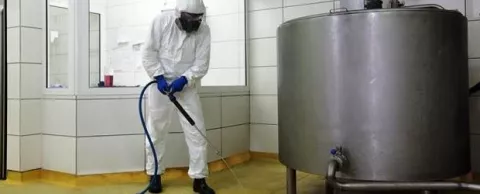
Australia -- already one of the driest continents on the globe -- has grappled with prolonged drought in recent years. That’s prompted public authorities to launch an assortment of projects designed to conserve and reuse water resources.
The latest is the Kooragang Industrial Water Scheme (KIWS) from Hunter Water, the state-owned corporation supplying water and wastewater services to more than half a million people in the Hunter Region of New South Wales. Hunter Water just commissioned the new $40 million advanced water treatment plant that will provide recycled water for industrial operations on Kooragang Island. Council Associate Partner CH2M HILL led the concept and detailed design work on KIWS.
The project involves diverting 12 million liters of treated effluent from an existing wastewater treatment plant to the KIWS facility, where membrane filtration and reverse osmosis produce high-quality recycled water suitable for industrial use. From there, the recycled water is sent to Kooragang Island via a new pipeline where it will replace the use of valuable drinking water in industrial operations.
The impact is expected to be considerable in terms of preserving the region’s potable water supply. Consider, for instance, Orica, a multinational corporation with ammonia, nitric acid and ammonium nitrate plants on Kooragang Island. Currently ranked as the region’s largest consumer of drinking water, Orica is expected to save on average 2.3 billion liters of drinking water annually by using reclaimed water for processing in cooling towers, steam generation, chemical production and equipment cleaning.
CH2M Hill is involved in a number of water sustainability projects in Australia, including a groundwater replenishment plant in Perth and a wastewater treatment and recycling system located in the Gippsland region of Victoria.
More on water conservation ...
Smart Water Metering Solution Reduces Water Usage by 10% in Australian City
Drought drives Texas town to a toilet-to-tap water reuse program



